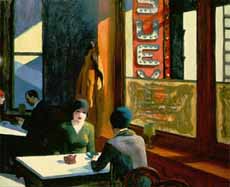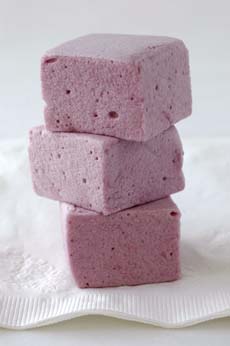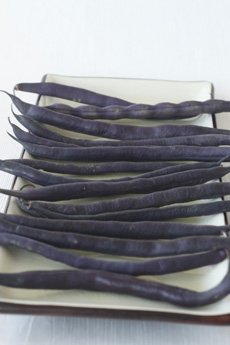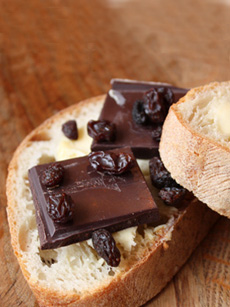August 29th is National Chop Suey Day. Many people refer to chop suey as a Chinese-American invention, like fortune cookies. But that’s a myth that keeps getting perpetuated. It came from China.
CHOP SUEY HISTORY
Chop suey was first available to non-Chinese Americans in the mid-19th century, when Chinese restaurants began to appear outside of Chinatown areas. The dish was received with much acclaim [source].
There are several myths about how chop suey was invented in the U.S.
Chop Suey is actually a prominent dish in Taishan, in the Guangdong province of southeast China. It is a city of 95 islands and islets in the Pearl River Delta.
A dish called tsap seui is common in the area, and Guangdong province was the home of many early Chinese immigrants to the U.S. [source]. Thus, when immigrants from that area opened restaurants, it was on the menu.
In a stir-fry recipe, chop suey means “assorted pieces.” These can include beef, chicken, quail eggs or other cooked eggs, fish, pork, and/or shrimp, plus vegetables such as bean sprouts, cabbage, celery, and snow peas. Starch is added to create a thickened sauce from the oil and wok drippings.
What today we’d call a stir-fry, back then Americans called chop suey a stew.
American variations have included vegetables popular that are not in the original Taishan recipe; for example, broccoli, carrots, onions and zucchini. Numerous American recipes also “specialize”: beef chop suey or chicken chop suey, for example, instead of a mixture of proteins.
Chop suey went from exciting to mundane when Chinese immigrants realized the business opportunity of serving chop suey and other Southern Chinese dishes to Americans of all classes.
It was then that the authenticity of the dishes began to decline.
When a Chinese statesman visited New York City in 1903, he was shocked to find hundreds of Chinese restaurants serving substandard Chinese cuisine.
“As for what they call ‘chop suey,’” he fumed, “the cooking skills involved are so subpar that no one in China would ever eat it” [source].
CHOP SUEY VS. CHOW MEIN
In China, chop suey is typically served with a bowl of rice. Chow mein is chop suey that ditches the rice and adds noodles* to the recipe. In other words, if your “chop suey” contains noodles, it’s chow mein.
For a moment of beauty on National Chop Suey Day, take a look at photo #2, the painting of a chop suey parlor (as some such restaurants were called many years ago) by the American painter Edward Hopper. Here’s more about the painting.
Warning: You can find canned chop suey from La Choy. Caveat emptor: It may be tasty but is far removed from fresh-made chop suey.
> Check out more food histories.
|
|

[1] Chop suey has an assortment of meats and vegetables, a thick sauce and no noodles. If it has noodles instead of rice, it’s called chow mein. Photo © Dušan Zidar | Fotolia.

[2] Edward Hopper, Chop Suey Parlor, 1929 (photo courtesy Wikipedia).

[3] Stir-fry this chicken chop suey. Here’s the recipe (photo © Recipe Tin Eats).
|
|
To receive all of the daily food holidays with tips to celebrate, sign up for our Twitter feed: Twitter.com/TheNibble.
___________________
*There are two styles of chow mein: crispy chow mein, which uses fried, flat noodles; and soft chow mein, which uses spaghetti-style noodles. “Chow mein” means stir-fried noodles. “Subgum” means “numerous and varied,” a chow mein that is a combination of ingredients (see chop suey list above) instead of all vegetable, all chicken, etc.
CHECK OUT WHAT’S HAPPENING ON OUR HOME PAGE, THENIBBLE.COM.
|






